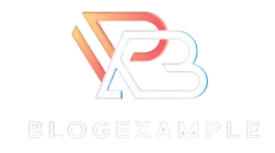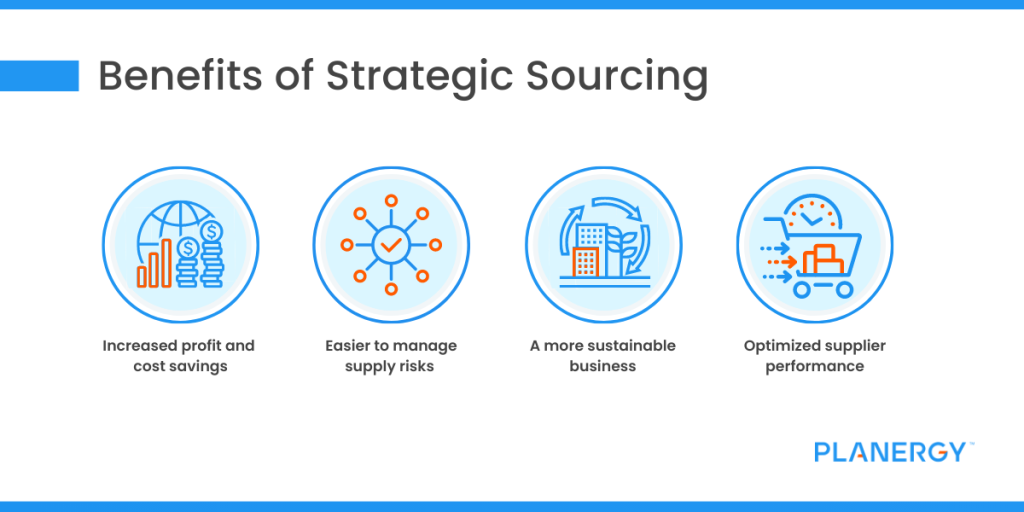Procurement has become a business-value generator rather than simply a cost control. Along with the increasing complexity of global supply chains and market risks, organisations are increasingly demanding digital solutions that do not solely provide simple purchasing capabilities. Integrated procurement applications that incorporate a strategic sourcing tool are quickly becoming the gold standard among companies that seek to establish new savings potentials, develop supplier relationships, and establish a resilient and future-proof procurement environment. This blog discusses why procurement software that integrates a strategic sourcing tool opens the door to the next level of performance, providing improved results to modern-day businesses.
- Automating the processes and lessening the administrative load.
Automation of workflow is the first advantage of adopting procurement applications that use a strategic sourcing tool. These online applications simplify the fundamental operations of discovery and qualification of suppliers, contract negotiations, and performance management. These applications allow the staff to concentrate on strategic decision-making because they reduce the paperwork and manual intervention. The outcome: reduced sourcing processes, standardised best practices, and reduced time wastage on routine administration. Digital seamless processes liberate the procurement teams to be innovative and add value in other activities.
- Improved Visibility of Spends and Improved Data Control.
Strategic sourcing tool procurement applications provide real-time information on organisational expenditures, supplier activities, and sourcing activities. Centralisation of data is able to provide businesses with a current and accurate perspective that facilitates compliance, auditability, and smarter financial planning. The ability of these platforms to store strategic sourcing tools enables teams to view spend data by category, region, and supplier, and identify areas where costs can be reduced and suppliers consolidated that may not be apparent when using manual or siloed tools.
- Better Supplier Co-operation and Management.
When it comes to establishing effective supplier relationships, it is more than just business. The procurement applications that have a strategic sourcing tool give a collaborative online interface in which to interact with suppliers, share requirements, negotiate, and contract manage them within one environment. The use of automated scorecards and supplier feedback provides continuous monitoring of performance, and alerts and reminders keep the two parties on track. This enhanced two-way interaction instills trust, transparency and long-term supply chain resilience, which are characteristics of world-class procurement organisations.
- Data-Driven Decision Making
The best procurement applications have advanced analytics as one of their pillars, having strategic sourcing capabilities. Businesses measure the outcomes, compare bids, and benchmark supplier performance using real-time dashboards, custom reports, and predictive insights. These data streams are used by strategic sourcing tools to optimise category strategies, predict demand, and negotiate information. Strategy decisions that are informed by precise, operational data result in more robust outcomes: saving on costs, lowering risks, and enhancing supply reliability.
- Growth in Cost Saving and Negotiation Strength.
Having strong procurement applications and a strategic sourcing tool, firms can automate the competitive bidding, assess market conditions, and confirm supplier cost structures more conveniently. The result of this ability is the ability to negotiate contracts better on a regular basis, earn volume discounts, and make an efficient switch of suppliers in the event of a change in market conditions. Integrated data on collective spending and simplified RFP/RFQ management give the procurement professional a degree of negotiating leverage that exceeds the conventional approach.
- Enhanced Compliance and Less Risk.
Procurement applications enhance compliance and governance in an environment where regulations and supplier risk are changing. The strategic sourcing tool implements policy directives, ensures that purchases are in accordance with accepted contracts, and provides complete audit histories of sourcing and subsequent payment. Workflows that operate based on rules, including automated notifications and digital signatures, and document retention keep businesses out of regulatory traps, fraud, and reputational damage.
- Swift reaction to change and disruption in the market.
Agility in business is important in responding to changing demand, bottlenecks of the supply chain, or any new opportunities. Strategic sourcing application Procurement applications that have a strategic sourcing tool help organisations to quickly pivot: initiate new sourcing events, invoke alternative supplier networks, or reassess categories using new market intelligence. The speed provides businesses with an objectively measurable benefit during moments of change and reduces the delays or scarcity of resources at a cost.
- Streamlined User Interface and Multi-purpose Integrity.
Intuitive procurement applications reduce the learning curve and increase user adoption within procurement and across other business units such as finance and accounting. The strategic sourcing tool includes role-based dashboards and guided workflows that provide an opportunity to engage all the relevant stakeholders, contributing to more holistic sourcing decisions and collaborative compliance. The other enterprise systems (ERP, accounting, supply chain) integration gets rid of the data silos and aids in aligning the operations end-to-end.
- Continuous Analytics-based Process Improvement.
Continuous improvement in sourcing strategy over time is one of the largest values of modern procurement applications. The strategic sourcing tool gathers information about cycle times, performance on contracts, performance of suppliers, and sourcing events. This information can help procurement leaders to refresh sourcing playbooks, modify supplier portfolios, and implement best practices on an international scale. The dynamic feedback cycle is used to ensure that procurement does not stagnate, but rather it develops to achieve increasingly more satisfactory performance.
- Sponsorship of Sustainable and Ethical Sourcing.
Most contemporary organisations have now placed sustainability and ethical sourcing at the centre of the procurement strategy. Strategic sourcing tool procurement applications enable teams to record the suppliers’ certification, monitor sustainability KPIs, and ensure adherence to ethical standards in the sourcing process. Automated reporting is the reason why it becomes easy to show the responsible sourcing to the customers, regulating bodies, and investors.
- Reconfigurability to Growth and International Operations.
Any expanding or multinational organisation must be scalable. Procurement applications and their integrated strategic sourcing tool manage the bulk of transactions, new areas of spending, and cross-border laws with ease. Build-to-order workflows and the multi-language functionality allow expansion to new markets without disrupting business.
Conclusion
The most effective procurement applications today are not simply digitised purchase applications – they are the spaces in which the whole sourcing strategy orchestrates itself. By selecting a procurement application that includes a strategic sourcing tool, organisations can open their doors to increased efficiency, improved relationships with suppliers, enhanced insights, and global best practices compliance. The outcome is a procurement capability ready to fuel savings, limit risk, and energise competitive advantage, even within rapidly evolving markets. The choice of such solutions is a long-term investment in dynamic, intelligent, value-focused procurement.

